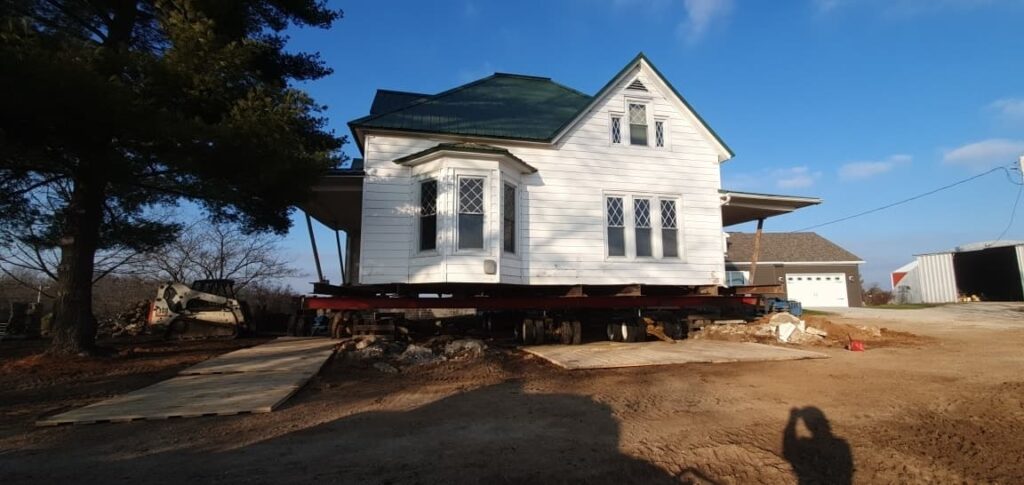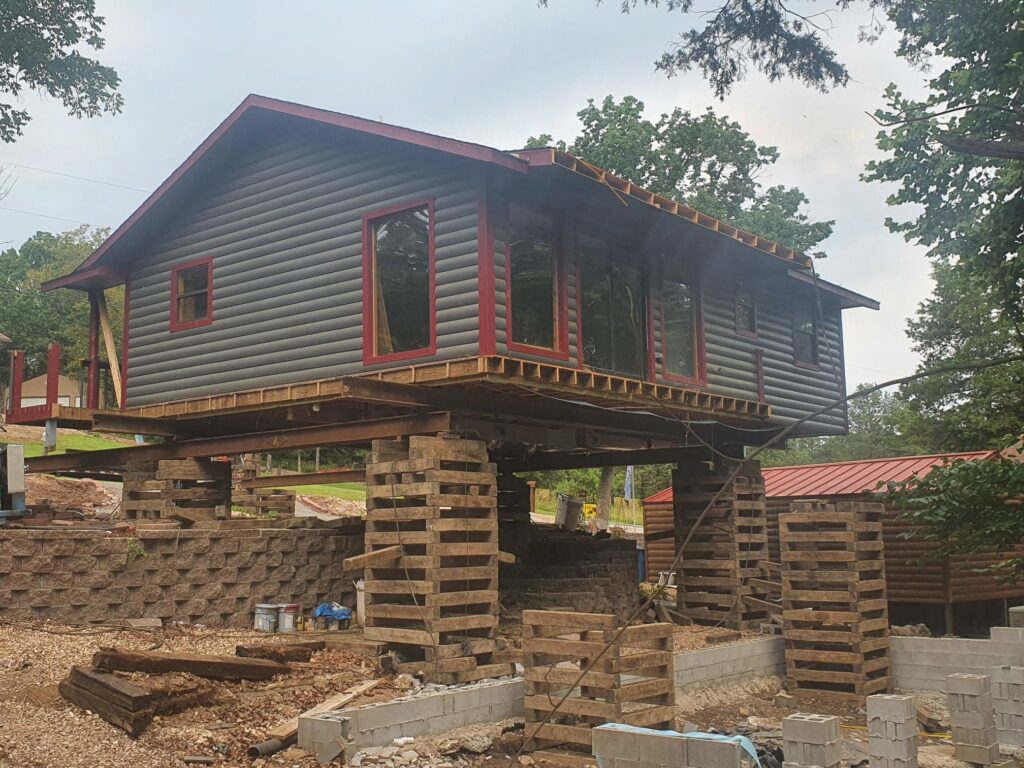The foundation of a building is its most critical structural element. It provides stability and support, ensuring the entire structure stands strong for decades. However, foundations can deteriorate over time due to various factors such as soil conditions, water damage, or simply old age. When this happens, the need for foundation replacement arises, and it can be a daunting task for homeowners and builders alike.
This blog will explore foundation replacement, its challenges, alternative methods, and cost considerations you must consider before planning a structural move.
Understanding Foundation Replacement
Foundation replacement, as the name suggests, involves replacing an existing foundation due to irreparable damage or structural deficiencies. This process can be quite complicated, as it requires lifting the entire structure off the existing foundation, demolishing the old foundation, and building a new one. While this may seem like an extensive and expensive undertaking, it is sometimes the only viable solution to ensure the structural integrity of a building.
Scenarios Where Lifting May Be Unnecessary

Foundation replacement typically involves lifting the structure, which may not be necessary in some scenarios. Let's explore two such cases:
Case 1: Accessible Crawl Spaces
In some situations, buildings have accessible crawl spaces below them. These crawl spaces allow workers to access and replace the foundation without lifting the entire structure. Accessible crawl spaces are commonly found in houses with pier and beam foundations. In such cases, replacing a foundation from below ground is a feasible option.
When Can You Replace a Foundation from Below Ground?
Replacing a foundation from below ground can be advantageous in terms of cost and time savings. However, it is essential to assess the feasibility of this approach. Factors such as the extent of damage, soil conditions, and local building codes must be considered.
If the damage is limited to specific foundation areas and there is adequate clearance in the crawl space, replacing the foundation from below ground may be a viable option.
Advantages and Limitations
The advantages of replacing a foundation from below ground include cost savings, as it eliminates the need for structural lifting and may result in less disruption to the interior of the building. However, this method has limitations, such as the requirement for accessible crawl spaces and a higher risk of encountering unforeseen issues during the replacement process.
Case 2: Basements with Adequate Clearance
Basement foundations often have more clearance than crawl spaces. In cases with ample vertical space in the basement, it might be possible to replace the foundation without lifting the structure. This method can be particularly advantageous for homes with full basements.
Replacing a Basement Foundation without Lifting
Replacing a basement foundation without lifting the structure involves excavating around the perimeter of the basement walls, demolishing the existing foundation, and constructing a new one. This approach can be less disruptive to the upper portions of the building and can save time compared to lifting the entire structure.
Considerations and Feasibility
The feasibility of replacing a basement foundation without lifting depends on factors like the existing foundation's condition, the building's structural design, and the available vertical clearance in the basement. It's essential to consult with a structural engineer or foundation specialist to determine if this method is a viable solution for your specific situation.
Foundation Repair vs. Replacement

In some cases, it may be possible to repair a damaged foundation instead of opting for a complete replacement. Foundation repair methods can include underpinning, crack sealing, and drainage solutions.
Repairing a foundation is generally more cost-effective, but it may not be suitable for foundations that have suffered extensive damage or have structural issues that cannot be adequately addressed through repair.
Challenges and Risks
Foundation replacement, whether through lifting the structure or replacing it from below ground, comes with its fair share of challenges and risks. These can include the high cost associated with the work, potential structural issues that may be revealed during the process, and the inconvenience to occupants during construction.
Working with experienced professionals and obtaining the necessary permits ensures a successful foundation replacement project.
Cost Considerations
The cost of foundation replacement can vary significantly based on several factors, including the size and type of the structure, the extent of damage to the existing foundation, and the chosen replacement method. Replacing a foundation from below ground is generally less expensive than lifting the structure, but it may only be suitable for some situations.
It's essential to obtain multiple quotes and carefully assess the pros and cons of each approach to make an informed decision.
House Movers in Missouri
Foundation replacement is a complex process that is essential for maintaining the structural integrity of a building when the existing foundation is compromised. While lifting the structure is the most common replacement method, it's not the only option. In cases where accessible crawl spaces or basements with sufficient clearance are present, replacing the foundation from below ground may be possible. However, this approach comes with its own set of advantages and limitations.
Before embarking on a foundation replacement project, it's crucial to assess the extent of damage, consult with experts, consider cost implications, and carefully evaluate all available options to ensure the long-term stability and safety of your building. Contact Jonassen Structural Movers to learn about foundation replacement projects and building relocation.
